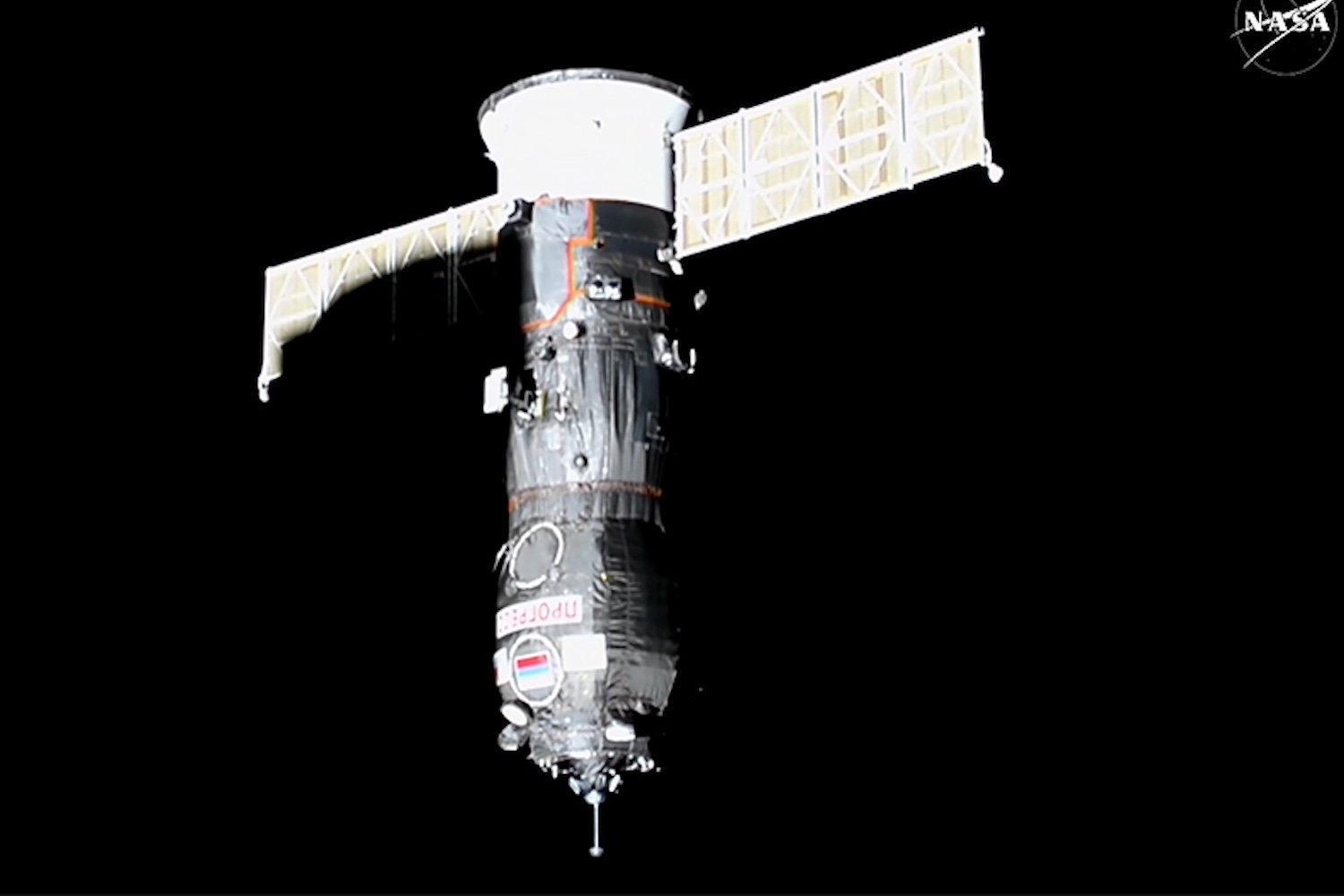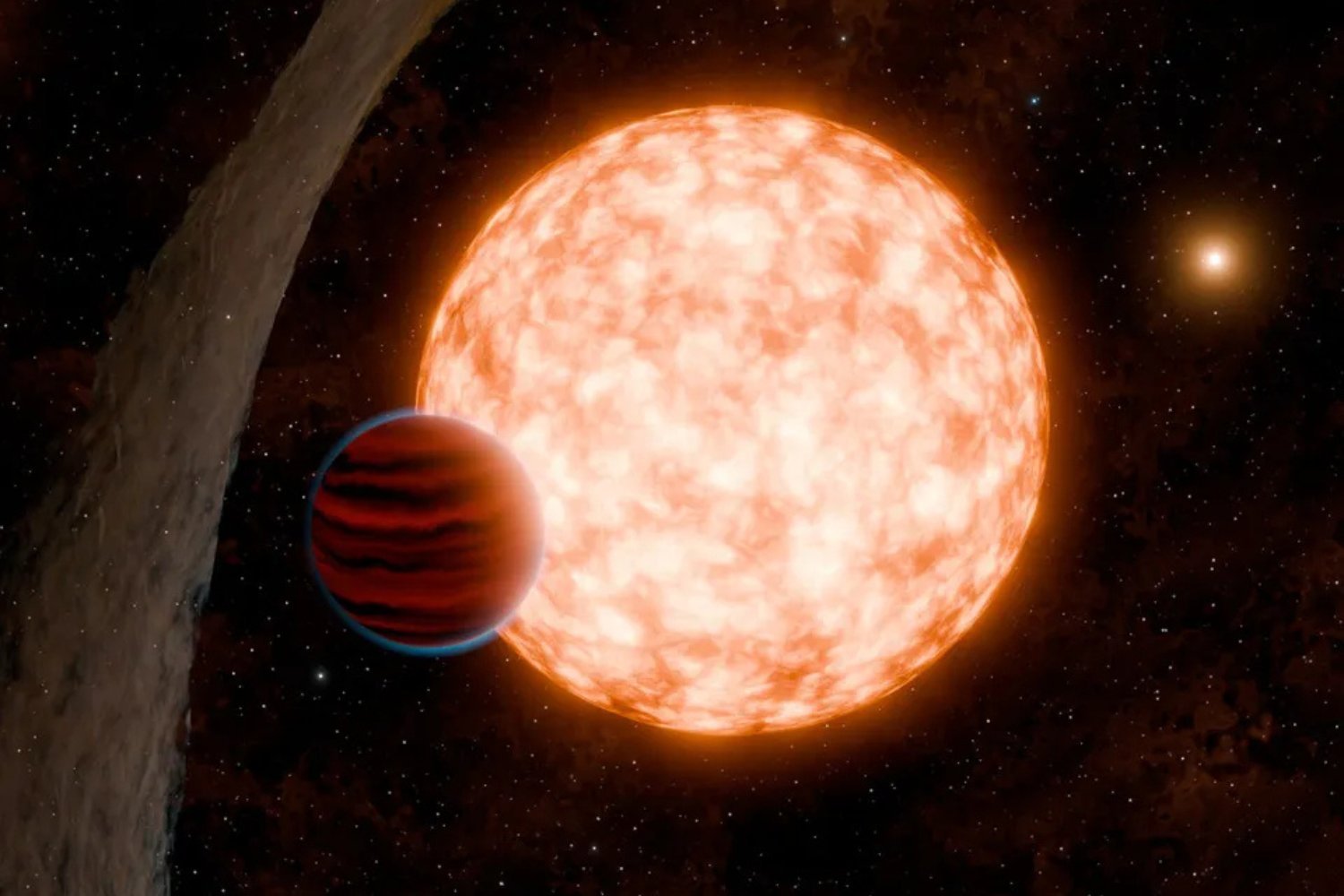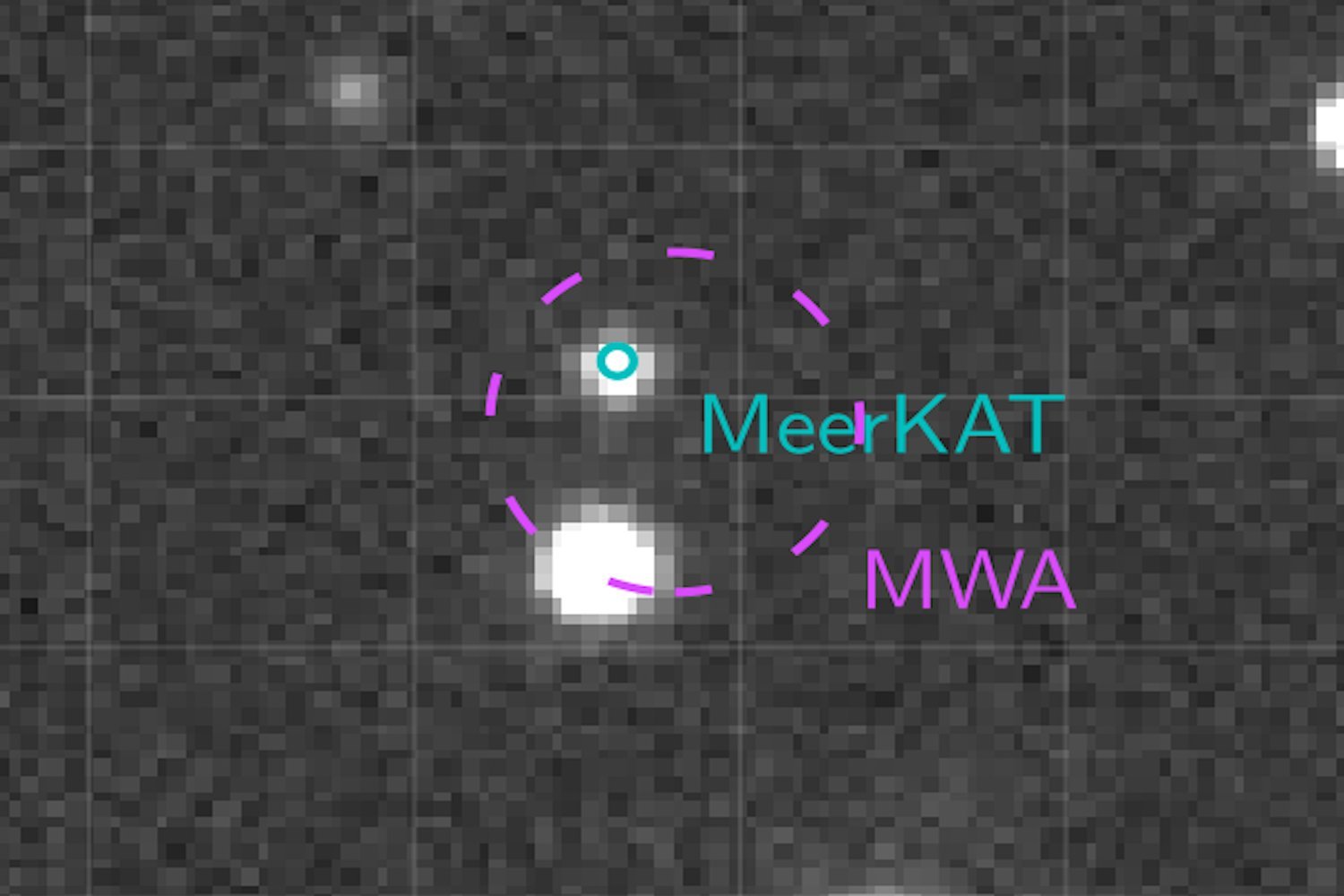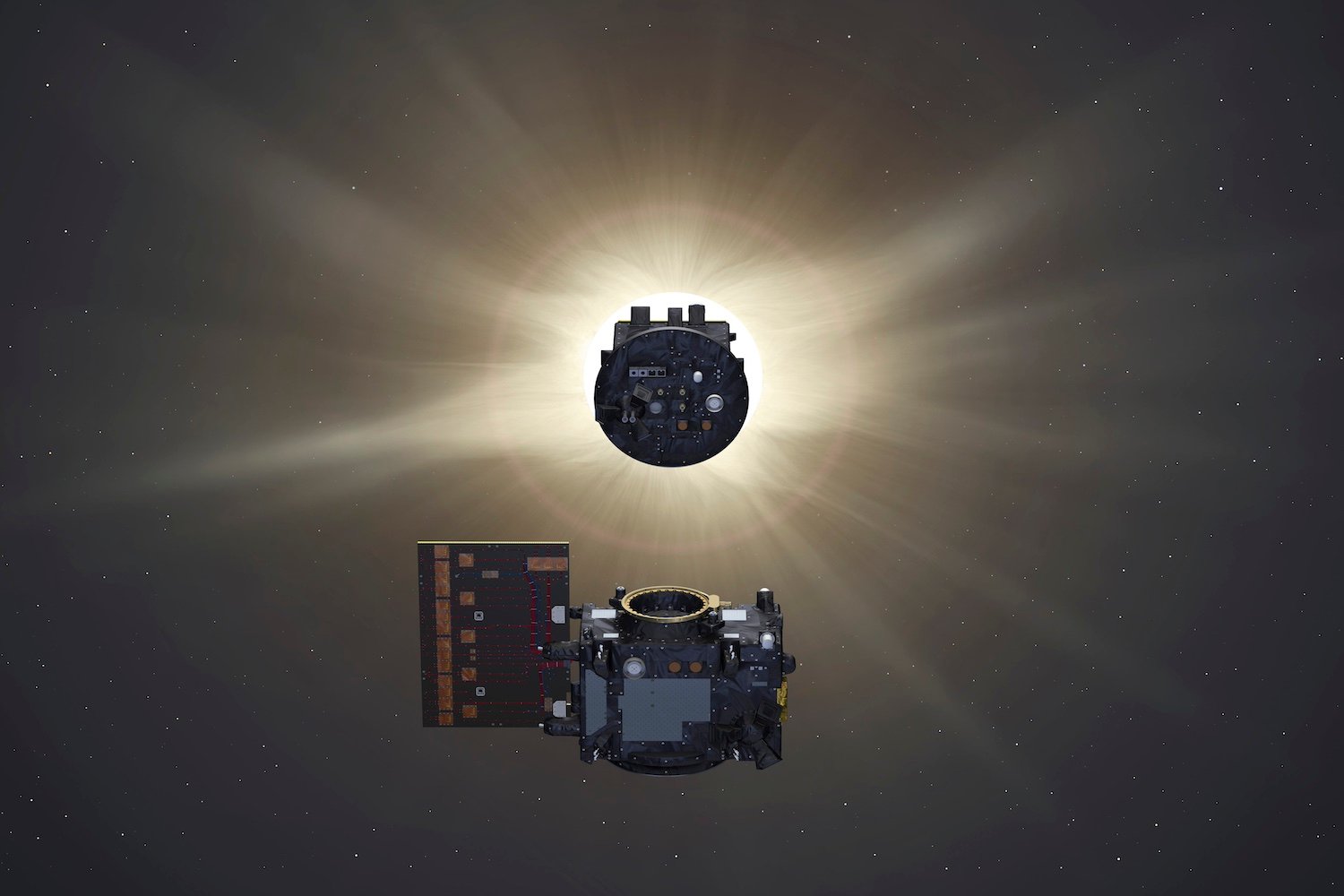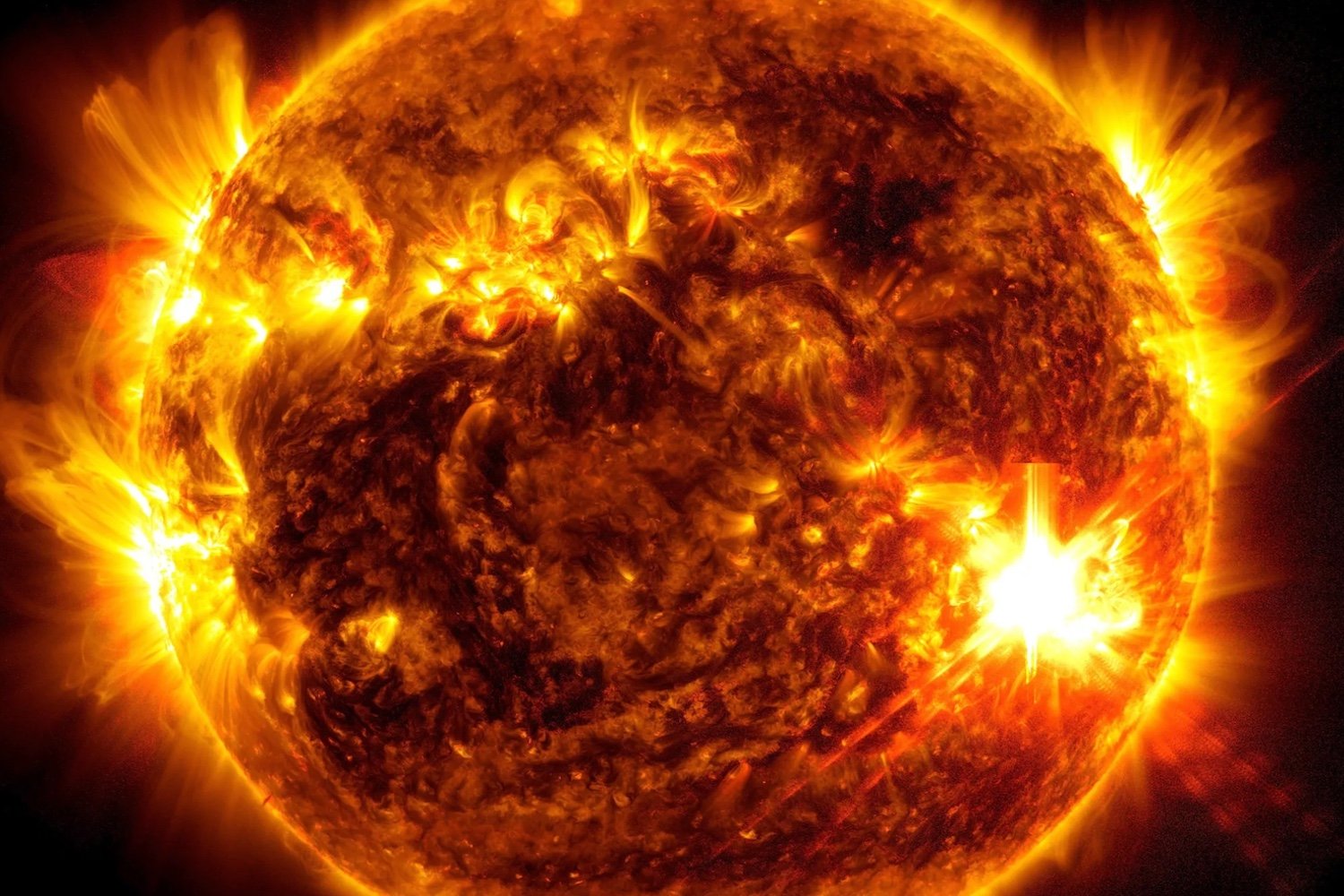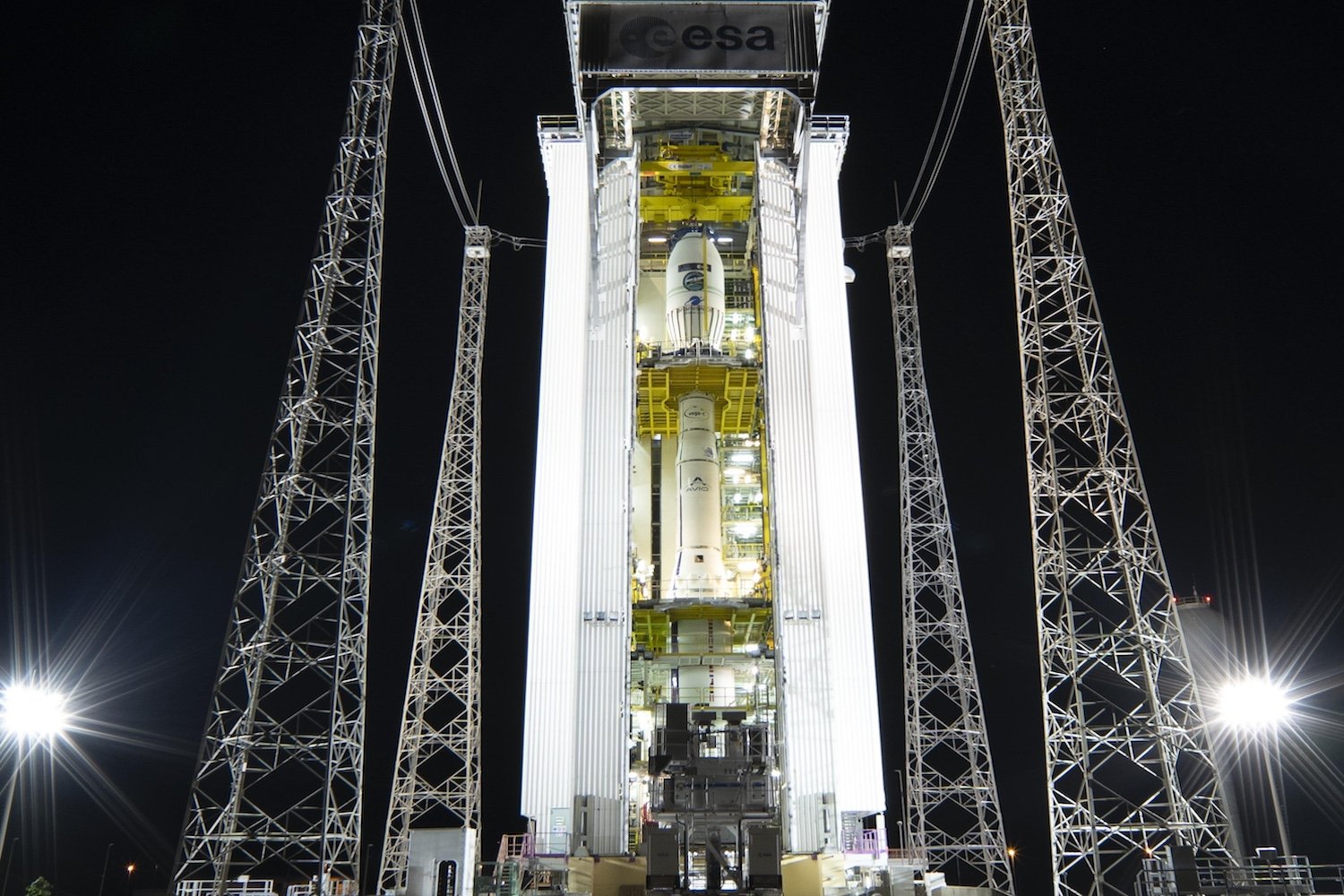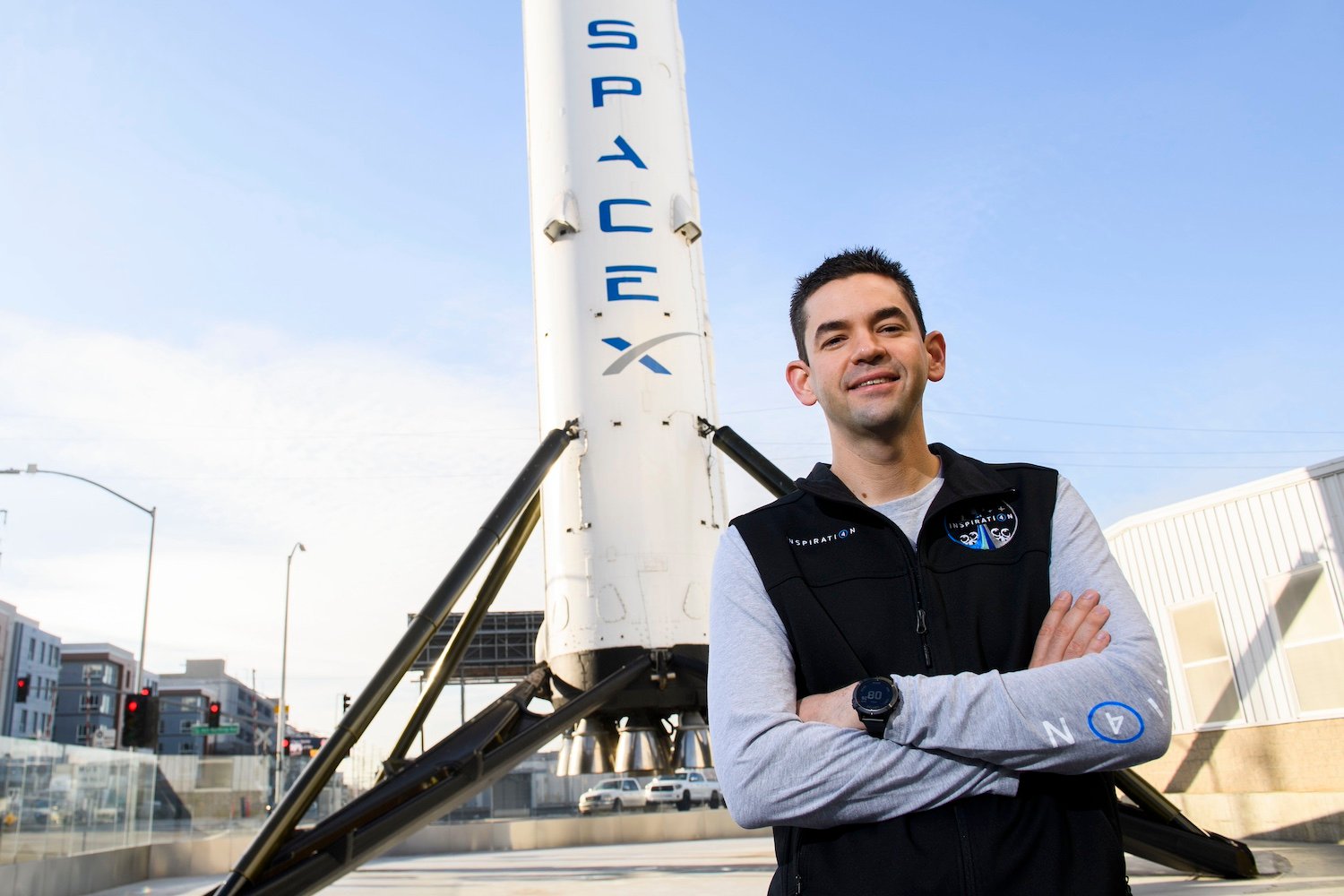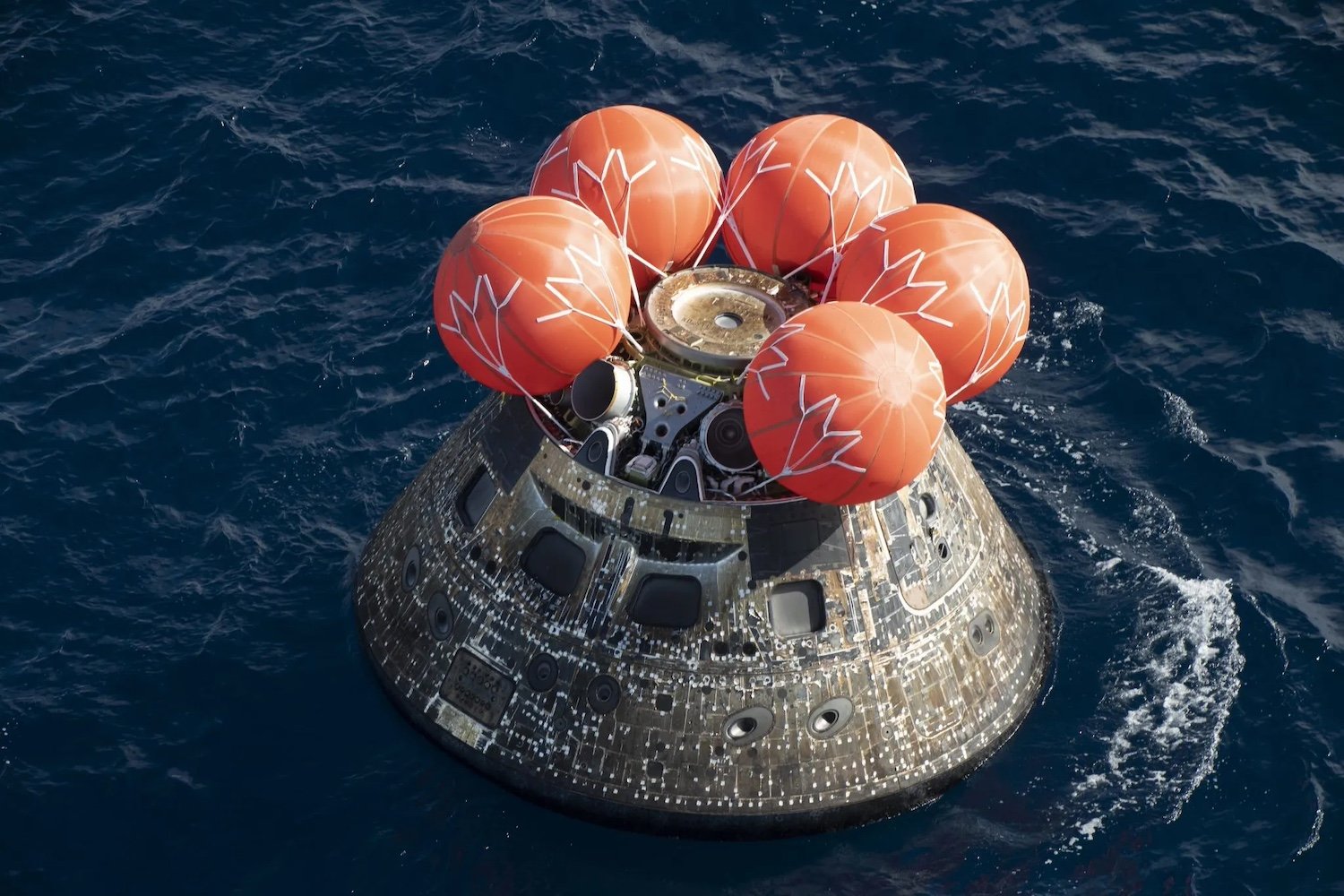The hatch connecting the International Space Station (ISS) and the Russian Progress 90 cargo ship has finally been opened, following an initial closure due to a strange odor. The smell, which prompted concern, dissipated quickly, and NASA believes it may have been caused by outgassing from materials within the spacecraft.
Roscosmos cosmonauts Ivan Vagner and Aleksandr Gorbunov were tasked with unloading the Progress 90, which arrived carrying three tons of essential supplies, including food, fuel, and other equipment. Upon docking with the ISS’s Piosk module on Saturday, the astronauts noticed an unusual smell and some floating droplets emanating from the cargo ship. As a precaution, the connecting hatch was sealed to contain the odor. However, NASA reported in a Monday update that the smell quickly disappeared, allowing the astronauts to proceed with transferring the cargo.
NASA suspects the odor resulted from “outgassing from materials inside the cargo spacecraft,” although it’s unclear whether the supplies onboard were affected. Upon detecting the smell, flight controllers activated air scrubbing equipment as a standard procedure. Cosmonaut Vagner also cleaned ventilation systems and documented the situation with photographs, as confirmed by NASA. Earlier reports from the space agency indicated that the air quality within the ISS remained at normal levels, allaying fears of contamination.
Progress 90 is scheduled to remain docked with the ISS for six months. After its mission, the spacecraft will be loaded with ISS trash and intentionally deorbited, burning up upon re-entry into Earth’s atmosphere.
Progress 89, the previous cargo ship, launched on August 14 and is currently docked at the ISS. On Monday, it executed an orbit-raising maneuver for the space station. Its engines fired for three and a half minutes to boost the ISS to a higher altitude, avoiding a potential collision with a piece of orbital debris, specifically a fragment from a broken satellite. According to NASA, these maneuvers have become increasingly necessary due to the growing amount of space debris.
The ISS has served as a continuous human presence in space for over two decades. However, the aging space station is nearing the end of its operational life. Planned for retirement by 2030, the ISS will be deorbited. The majority of the structure will burn up during atmospheric re-entry, while any remaining fragments are expected to fall into a remote area of the Pacific Ocean known as Point Nemo.



